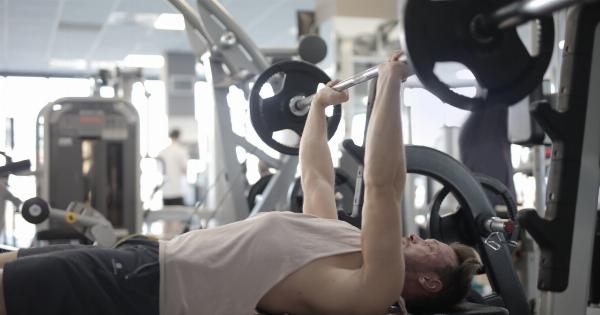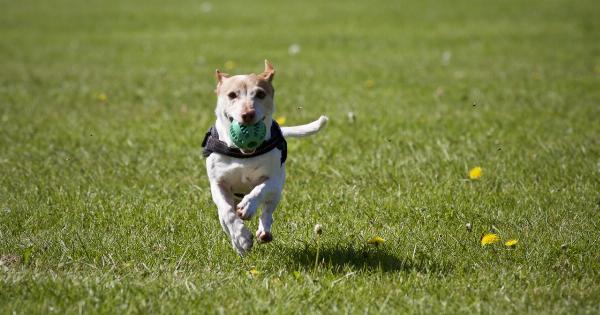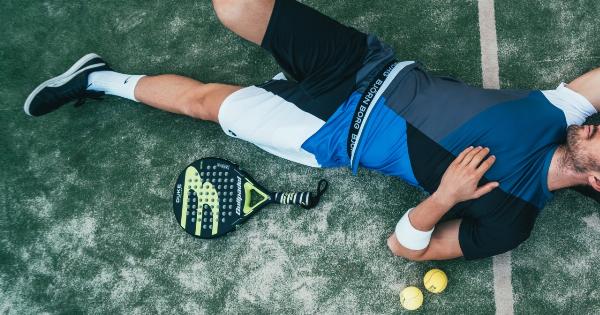Athletic injuries are common among individuals who engage in regular physical activity, whether they are professional athletes or weekend warriors.
These injuries can range from minor sprains and strains to more severe issues such as fractures or torn ligaments. While some injuries are unavoidable accidents, there are various preventive measures and recovery strategies that can help reduce the risk and aid in faster healing.
In this article, we will explore some of the key components of injury prevention and recovery in the realm of athletics.
Importance of Warm-Up Exercises
A proper warm-up routine is crucial before engaging in any physical activity or sports. Warm-up exercises help prepare the body for the increased demand and stress that it will undergo during athletic movements.
By gradually increasing blood flow, warming up the muscles, and improving flexibility, warm-up exercises can significantly reduce the risk of injury. Some effective warm-up exercises include light jogging, dynamic stretches, and sport-specific movements that mimic the actions performed during the activity.
Proper Training Techniques
Another essential component of injury prevention is using proper training techniques. Training errors and improper form can lead to overuse injuries, muscle imbalances, and increased stress on joints or ligaments.
It is crucial to have a well-designed training program that includes adequate rest days, progressive overload, and cross-training to prevent overuse injuries. Additionally, learning and maintaining proper form and technique for specific movements can contribute to injury prevention in sports.
Importance of Rest and Recovery
Rest and recovery play a significant role in preventing injuries and enhancing athletic performance. Overtraining and insufficient rest can lead to fatigue, decreased immune function, and increased susceptibility to injuries.
It is important to incorporate rest days into your training schedule to allow the body to recover and repair itself. Adequate sleep, proper nutrition, and hydration also contribute to effective recovery.
Additionally, incorporating active recovery techniques such as foam rolling, stretching, and low-intensity workouts can help reduce muscle soreness, improve circulation, and promote healing.
Strengthening and Conditioning Exercises
Strength training and conditioning exercises are crucial for injury prevention in athletes. Building strength, stability, and flexibility can help improve overall performance and reduce the risk of injuries.
By targeting specific muscle groups and addressing muscle imbalances, athletes can improve their athletic abilities and minimize the strain on joints and ligaments. Incorporating exercises that focus on core strength, stability, and balance can further enhance injury prevention efforts.
Proper Equipment and Gear
Using proper equipment and gear is essential to reduce the risk of athletic injuries. Each sport or activity has specific safety guidelines and equipment requirements that athletes should adhere to.
Wearing appropriate footwear that provides adequate support and cushioning for the specific activity can prevent foot and ankle injuries. Protective gear such as helmets, pads, and braces should also be worn when necessary to reduce the risk of head, joint, or ligament injuries.
Listen to Your Body
One of the most important aspects of injury prevention and recovery is listening to your body. It is crucial to pay attention to any signs of pain, discomfort, or fatigue during physical activity.
Pushing through pain or ignoring warning signs can lead to further injury and delay the recovery process. If you experience persistent pain or notice any unusual symptoms, it is advisable to seek professional medical advice and take appropriate measures to prevent further injury.
Proper Rehabilitation and Physical Therapy
In cases where an injury does occur, proper rehabilitation and physical therapy are vital for recovery.
Seeking professional help from a qualified healthcare provider or a sports rehabilitation specialist is important to develop a personalized rehabilitation plan. Physical therapy exercises and treatments can help restore strength, range of motion, flexibility, and function, aiding in the healing process and preventing future injuries.
It is essential to follow the guidance and recommendations of healthcare professionals to ensure a safe and effective recovery.
Implementing Cross-Training
Engaging in cross-training activities can be beneficial for injury prevention and recovery. Cross-training involves participating in various types of physical activities to balance the stress placed on different muscle groups and joints.
By incorporating activities such as swimming, cycling, yoga, or Pilates into your training routine, you can improve overall fitness and reduce the risk of overuse injuries. Cross-training also provides an opportunity to strengthen different muscle groups and improve flexibility, contributing to a well-rounded athletic performance.
Gradual Return to Activity
When recovering from an injury, it is crucial to gradually return to activity and sports. Rushing the healing process or immediately returning to intense physical activity can increase the risk of re-injury.
Following a structured return-to-play program recommended by a healthcare professional can ensure a safe and gradual progression. This program typically involves gradually increasing the intensity, duration, and frequency of physical activity while continuously monitoring any signs of pain or discomfort.
Consultation with a Healthcare Professional
If you are regularly involved in athletic activities, it is wise to have regular check-ups and consultations with a healthcare professional who specializes in sports medicine.
They can provide valuable guidance, identify potential risk factors, and recommend personalized strategies for injury prevention. Regular physical examinations and screenings can help detect any underlying issues and ensure that you are in optimal condition for physical activity.
By implementing these preventive measures, individuals can significantly reduce the risk of athletic injuries and enhance their performance.
It is important to prioritize safety, proper technique, and recovery to maintain a healthy and sustainable athletic lifestyle.





























